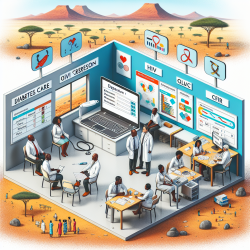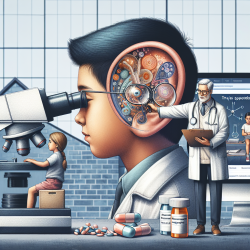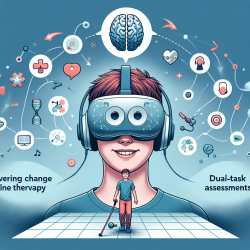Understanding Adolescent Brain Development: Insights for Practitioners
The journey of brain development during early adolescence is a complex and dynamic process, marked by significant variability both within and between individuals. A recent study titled "Profiling intra- and inter-individual differences in brain development across early adolescence" provides groundbreaking insights into these variations, offering valuable knowledge for practitioners in the field of speech-language pathology and beyond.
Key Findings from the Study
This study, conducted as part of the Adolescent Brain Cognitive Development (ABCD) Study, examines brain development in children aged 9 to 13 years. The researchers utilized large-scale neuroimaging data to explore how brain structures and functions change during this critical developmental window. Here are some key findings:
- Intra-individual Variability: The study found moderate age-related changes within individuals, highlighting that brain development is not uniform across all children. This variability is influenced by factors such as age, sex, and pubertal status.
- Inter-individual Differences: The research identified greater variability in brain development among mid-pubertal individuals compared to prepubertal ones, especially in white matter development. Interestingly, the study found limited evidence supporting the hypothesis of greater male variability.
- Regional Differences: The study highlights that different regions of the brain exhibit varying degrees of developmental heterogeneity, providing a nuanced understanding of brain maturation.
Implications for Practitioners
For practitioners, these findings underscore the importance of tailoring interventions to the unique developmental trajectories of each child. Here are some practical applications:
- Personalized Interventions: Recognizing the variability in brain development can help practitioners design more personalized and effective intervention strategies, taking into account the child's age, sex, and pubertal status.
- Monitoring Progress: Regular assessments using neuroimaging and other tools can help track a child's developmental progress, allowing for timely adjustments to therapeutic approaches.
- Further Research: Practitioners are encouraged to engage with ongoing research and contribute to a deeper understanding of adolescent brain development, potentially collaborating with researchers to explore new intervention methods.
Conclusion
The study on intra- and inter-individual differences in brain development during early adolescence provides critical insights that can enhance the effectiveness of therapeutic interventions. By understanding the nuanced trajectories of brain maturation, practitioners can better support the developmental needs of children.
To delve deeper into the original research, please follow this link: Profiling intra- and inter-individual differences in brain development across early adolescence.










